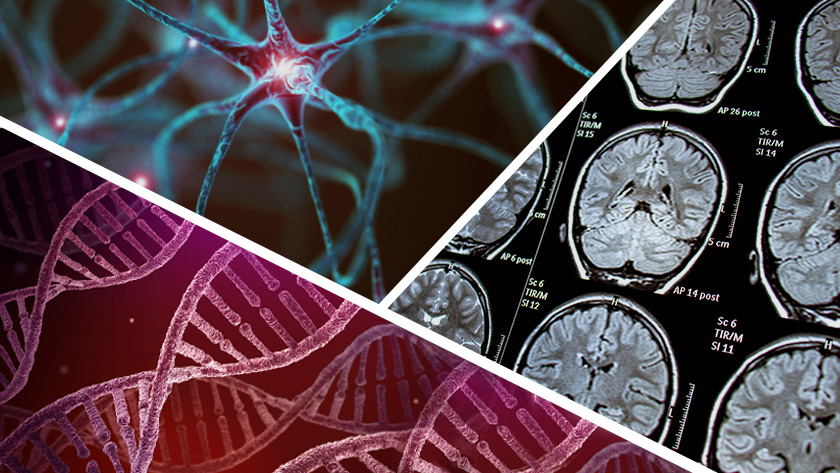
An international research team led by Dr. Anthony Lang, a neurologist and Senior Scientist at UHN’s Krembil Brain Institute, has proposed a new model for classifying Parkinson’s disease (PD).
In recent decades, researchers have uncovered several biological factors that underlie PD. Key factors include a build-up of the protein α-synuclein in the brain, which leads to neuron degeneration, and genetic factors that increase one’s risk of developing the disease. They have also begun to develop reliable methods to test for these factors, called biomarkers, in living patients.
Despite these advancements, doctors still diagnose the disease based on clinical features, such as the presence of tremors and other common motor symptoms.
According to Dr. Lang, who is also the Lily Safra Chair in Movement Disorders at UHN, and the Jack Clark Chair for Parkinson’s Disease Research and a professor in the Department of Medicine at the University of Toronto, this traditional approach to diagnosing PD does not account for the complex biological processes at play.
“We know Parkinson’s exists in the brain for one to two decades, or longer, before the clinical manifestations present,” says Dr. Lang. “So, we believe current research must be driven by biological determinants of the disease, rather than limited clinical descriptions of its signs and symptoms.
“We need a radically different way of looking at this disease.”
In a recent article (A biological classification of Parkinson’s disease: the SynNeurGe research diagnostic criteria) published in Lancet Neurology, Dr. Lang’s team proposed a new, biologically based model for classifying PD, called “SynNeurGe” (pronounced synergy.)
The model emphasizes the important interactions between three biological factors that contribute to the disease:
1. the presence of pathologic α-synuclein in the brain (S);
2. evidence of neurodegeneration, which occurs as the disease progresses (N); and
3. the presence of gene variants that cause or strongly predispose a person to the disease (G).

According to the team, this “S-N-G” classification system better accounts for the biological heterogeneity of PD and the many ways the condition can present in patients. Consequently, the system could help researchers identify subgroups of patients that have distinct disease processes and develop clinically meaningful disease-modifying therapies.
“We need to recognize that Parkinson’s can differ dramatically between patients,” Dr. Lang says. “We are not dealing with a single disorder. Our model provides a much broader, more holistic view of the disease and its causes.”
Dr. Jaideep Bains, co-Director of UHN’s Krembil Brain Institute, says: “With this new model, Dr. Lang is spearheading a truly pivotal international effort to redefine the biological complexity of Parkinson’s disease, which will lead to more advanced and streamlined research in this area, and ultimately, to precision medicine for patients.”
The team is confident that this new way of looking at PD will help researchers study its molecular basis, distinguish it from other neurodegenerative conditions that share common biological features, and identify targets for new therapies.
Despite these potential applications, Dr. Lang cautions that the model is intended for research purposes only and is not ready for immediate application in the clinic. Yet, it is already spurring hope among patients and the medical community.
“The ability to tailor treatments improves when you can identify exactly what is going on in a specific patient like me,” says Hugh Johnston, Founding Chair of The Movement Disorders Patient Advisory Board at UHN’s Krembil Brain Institute, who is currently living with PD.
“This new way of thinking is what we have been waiting for. It’s a game changer.”
Dr. Lang calls his research team’s proposal “exciting.”
“Without looking at the biology, you can’t get answers,” he says. “And without answers, we won’t have much-needed breakthroughs in Parkinson’s.
“This new classification system and the future research projects it will inspire, is one of the most exciting things I have worked on in my career.”

No one ever changed the world on their own but when the bright minds at UHN work together with donors we can redefine the world of health care together.


